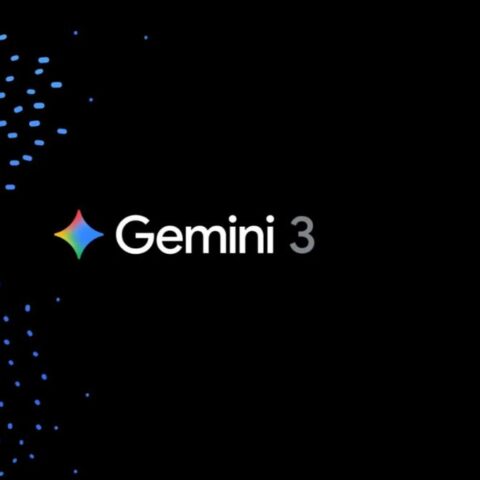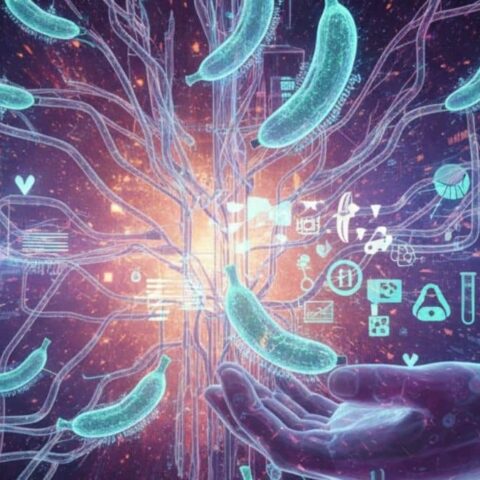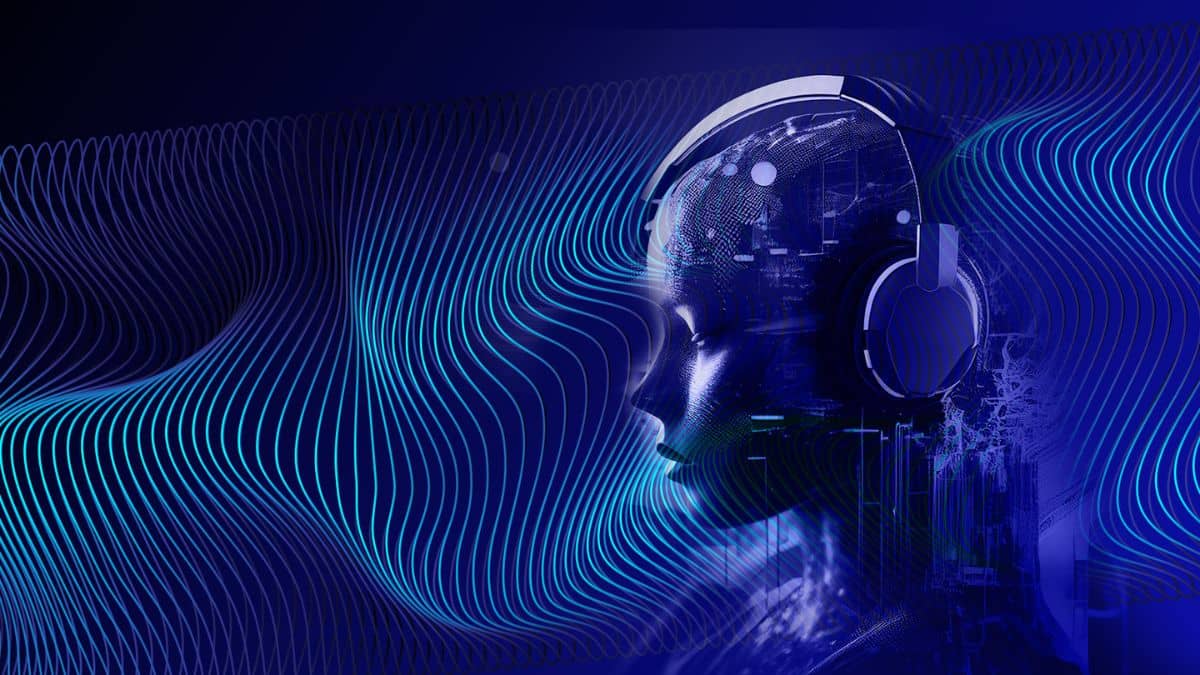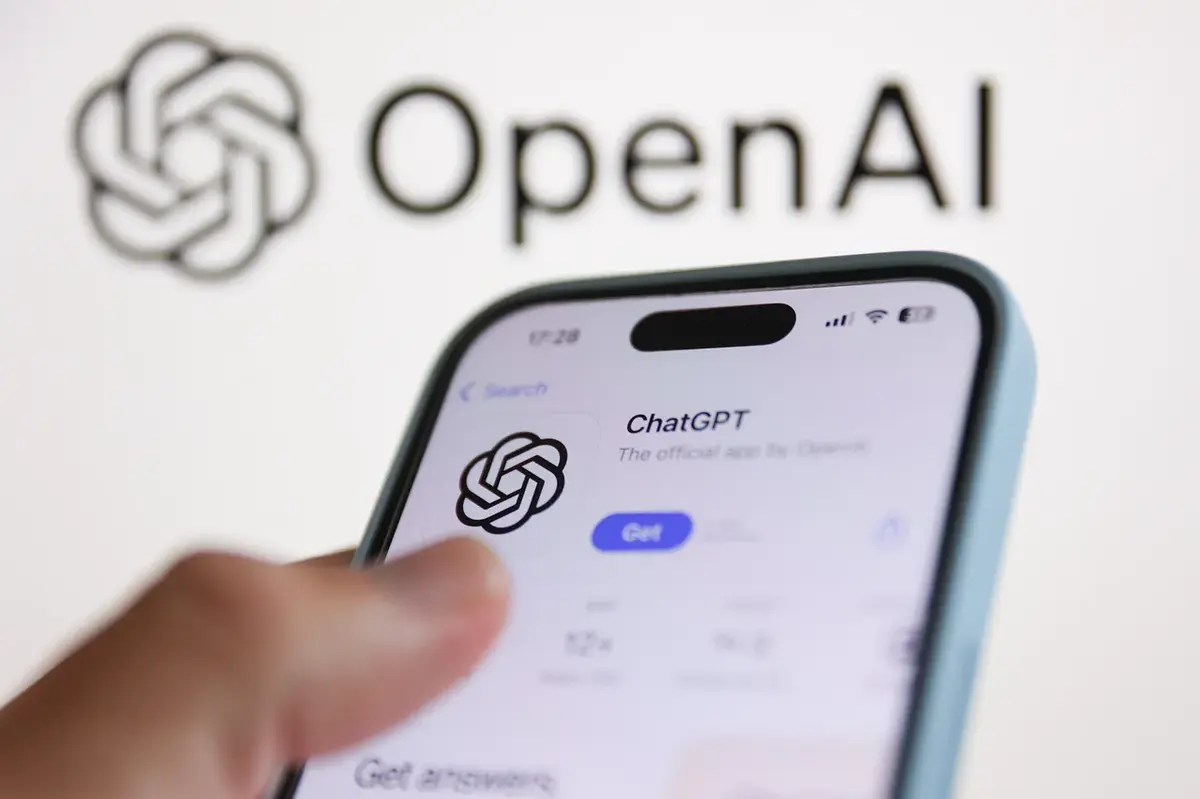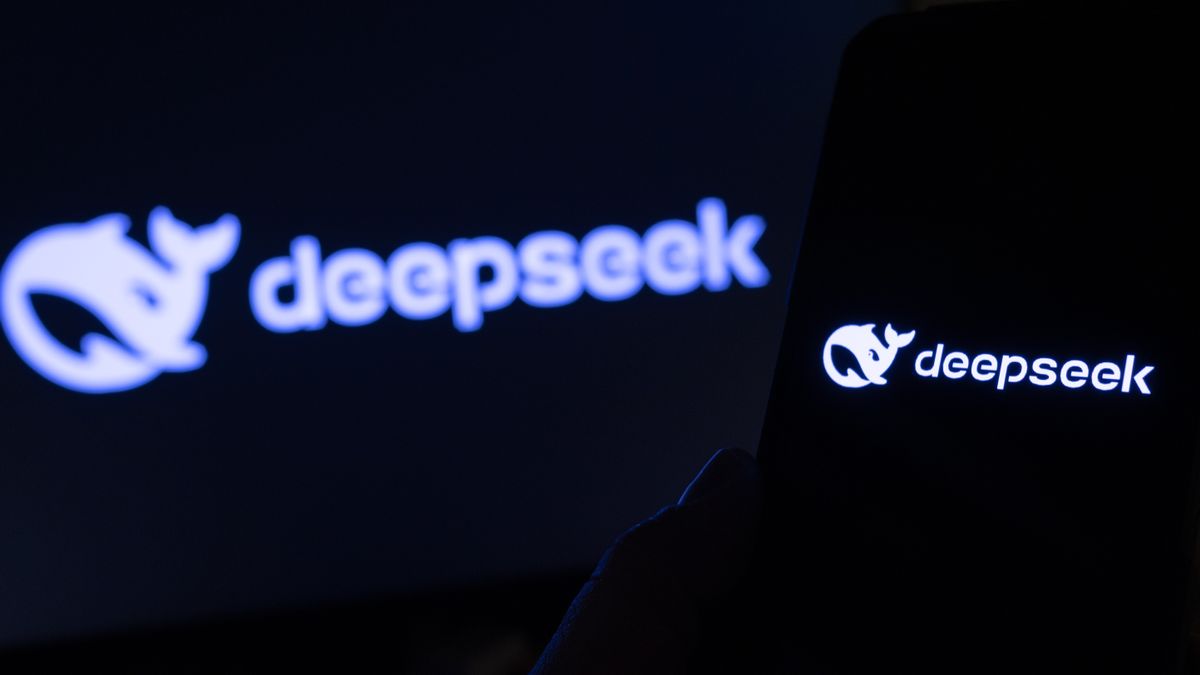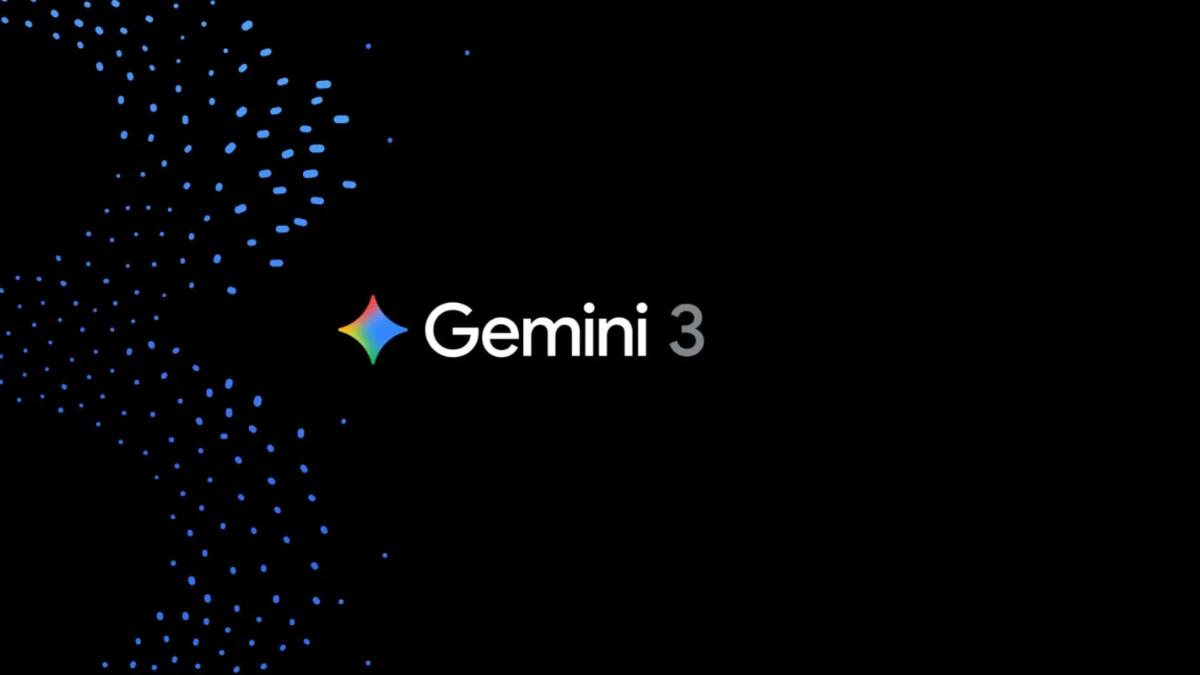Google has released a detailed whitepaper exploring the development and functionality of Generative AI agents, outlining how they operate by utilizing external tools to enhance their capabilities beyond traditional language models.
Key Components of Generative AI Agents
The whitepaper defines a Generative AI agent as an application designed to achieve specific goals by observing its environment and acting upon it using available tools.
These agents are autonomous, meaning they can operate independently of human intervention when given clear objectives.
The architecture of these agents includes a cognitive framework that structures reasoning, planning, and decision-making processes.
The orchestration layer is pivotal, guiding agents through a cyclical process of information intake and action execution.
Role of Tools and Data Stores
The paper emphasizes the importance of tools like Extensions and Functions, which allow agents to interact with external systems.
These tools enable agents to perform tasks such as updating databases or fetching real-time data, bridging the gap between the agent’s internal capabilities and the external world.
Additionally, Data Stores provide agents with access to dynamic information, ensuring that responses remain relevant and accurate. This is crucial for agents to adapt to changing information.
Use Cases and Applications
The whitepaper presents various practical use cases for Generative AI agents. For example, an agent could assist users in booking flights by interacting with multiple APIs to gather necessary information in real time.
Google also highlights how developers can leverage these agents within applications like Vertex AI, which provides a managed environment for defining goals and constructing system behaviors.
Future Outlook
OpenAI’s Sam Altman has also discussed the potential of AI agents in the workforce by 2025, predicting that AI agents could significantly impact company outputs.


